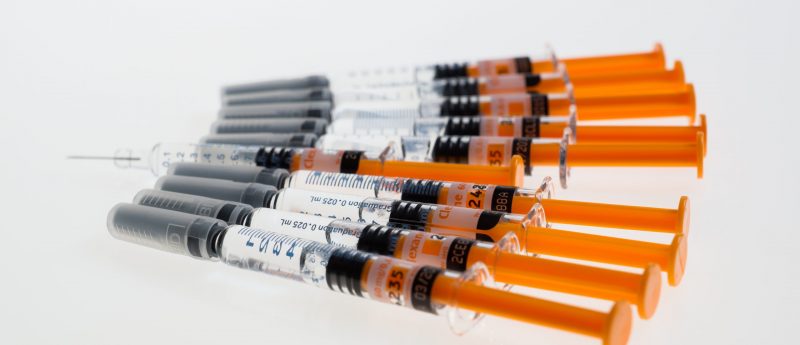Real-world evidence concerning Botox® for chronic migraine in Australia

Researchers have assessed real-world evidence (RWE) concerning the effectiveness of Botox® as a headache prevention strategy for chronic migraine (CM) patients in Australian clinics.
Under the Pharmaceutical Benefits Scheme — the Australian medicines reimbursement mechanism — OnabotulinumtoxinA, known as Botox® (Allergan plc, Dublin, Ireland), is approved for headache prevention in adults with chronic migraine (CM). A novel study, published in The Journal of Headache and Pain, has evaluated real-world evidence (RWE) concerning the efficacy of Botox® for this use in Australian clinics and observed reductions in patients’ number of migraine and severe headache days.
CM is a neurological disease that affects approximately 2% of individuals worldwide. CM patients frequently experience debilitating migraine attacks that significantly impact their quality of life.
To qualify for receipt of Pharmaceutical Benefits Scheme-subsidized Botox®, patients must have failed to receive relief from at least three medications prescribed for headache prevention, as well as present with monthly headache frequencies in line with CM, as defined by the 3rd edition of the International Classification of Headache Disorders (ICDH-3).
In this novel, multicenter, retrospective study, researchers evaluated medical records data of 211 CM patients across seven private, Australian neurology clinics. These clinics received Pharmaceutical Benefits Scheme-subsidized Botox®, per product labelling, in 2014.
The primary effectiveness study outcome was defined by at least a 50% reduction in patients’ headache days number, compared with baseline measurements, following two, successive, 12-week long treatment cycles.
74% of study participants achieved this primary effectiveness outcome.
Furthermore, researchers observed reductions in secondary outcome measures, including reductions in patients use of acute pain medications, days missed from work and monthly severe headache and migraine days.
In the study, the authors commented: “This retrospective analysis of patients with CM adds to the worldwide body of clinical evidence supporting the utility of onabotulinumtoxinA for CM prevention.”
In the study, the authors concluded: “…the real-world study approach shows that onabotulinumtoxinA continues to show effectiveness in the Australian patient with migraine for whom previous preventive treatments proved inadequate.”
Source:
Stark C, Stark R, Limberg L et al. Real-world effectiveness of onabotulinumtoxinA treatment for the prevention of headaches in adults with chronic migraine in Australia: a retrospective study. J. Headache Pain. 20(81) (2019).
